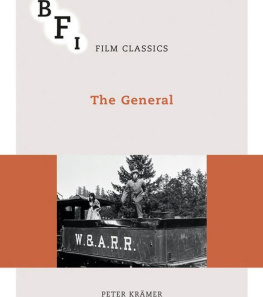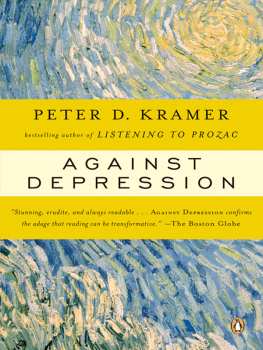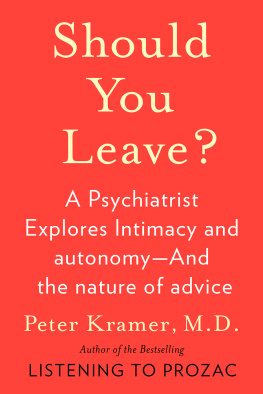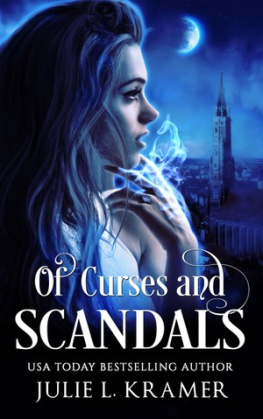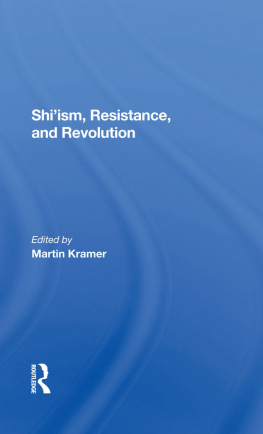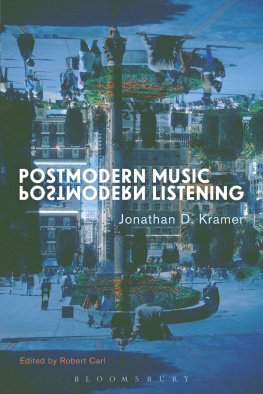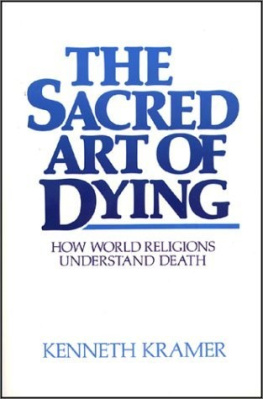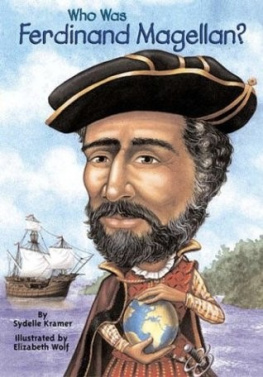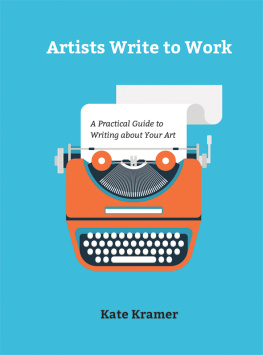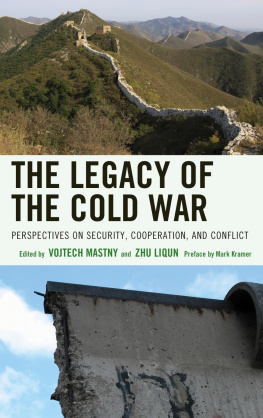A NOTE ON THE AUTHOR
Hilton Kramer was born in Gloucester, Massachusetts, and attended the public schools there. He received a bachelors degree from Syracuse University and studied at Columbia, Harvard, and Indiana universities before teaching at the University of Colorado, Bennington College, and the Yale School of Drama. Mr. Kramer became editor of Arts Magazine in 1955 and art critic of The Nation seven years later. In 1965 he was appointed art news editor of the New York Times, then its chief art critic, a position he held until 1982, when he left to found The New Criterion, of which he is now co-editor and co-publisher. He was also art critic of the New York Observer from 1987 to 2005. Mr. Kramers other books include The Twilight of the Intellectuals, The Age of the Avant-Garde, and The Revenge of the Philistines. He lives in Damariscotta, Maine.
Kandinsky and the Birth of Abstraction
For me, the province of art and the province of nature thus became more and more widely separated, until I was able to experience both as completely independent realms. This occurred to the full extent only this year.Vasily Kandinsky, in 1913
The birth of abstract artart that makes no direct, immediately discernible reference to recognizable objectshas long been recognized as a fateful event in the history of art. Yet the intellectual origins of this event, which promptly established abstraction as one of the central traditions of twentieth-century painting and sculpture, have remained a vague and little-understood subject for the vast public that now takes abstract art for granted as part of the familiar scenery of modern cultural life. That the emergence of abstraction early in the second decade of this century represented for its pioneer creators a solution to a spiritual crisis; that the conception of this momentous artistic innovation entailed a categorical rejection of the materialism of modern life; and that abstraction was meant by its visionary inventors to play a role in redefining our relationship to the universeall of this, were its implications even dimly grasped, would no doubt come as a shock to many people who now happily embrace the history of modern art as little more than a succession of styles, or art fashions, which may have something to do with the history of taste but do not have much to tell us about life.
As for the academic study of modernism, Professor Rosalind Krauss no doubt spoke for many of her colleagues in the universities when, in the 1980s, she declared that she found it indescribably embarrassing to mention art and spirit in the same sentence. Yet the artists who first created abstract paintingVasily Kandinsky and Piet Mondrian preeminently among themdid not share that embarrassment. They really did conceive of their artistic endeavors as serving a spiritual mission, and if, some eighty-plus years after the birth of abstraction, we still take an interest in the art of its progenitors, we are obliged, I believe, to examine the ideas that shaped it, however odd or alien those ideas may look to us today.
This is certainly the case with Kandinsky, whose work is the subject of a current exhibition at the Museum of Modern Art that takes the birth of abstraction as its principal focus. Organized by Magdalena Dabrowski, Kandinsky: Compositions is a small exhibition about a very large subject. Yet it has the virtue of concentrating our attention on one of the pivotal moments in modern cultural history: the years 1910 to 1913, when Kandinsky was deeply engaged in painting the pictures that led him into the realm of abstraction and, at the same time, formulating the theories that supported this audacious endeavor. The exhibition includes some of the most beautiful paintings that have ever been created in the name of abstraction, and the greatest of themComposition V (1911), from an unidentified private collection; Composition VI (1913), from the Hermitage Museum in St. Petersburg; and Composition VII (1913), from the Tretyakov Gallery in Moscowhave the additional interest of being relatively unfamiliar to the American public. The many studies that are also included in the exhibition give us a vivid account of the inspired, painstaking pictorial thought that Kandinsky lavished on this crucial turn in his artistic development. If only because of the masterpieces of lyric abstraction the show contains, it would have to be considered an important occasion. What may not be so apparent is that it also marks an event in modern intellectual history.
Kandinsky was very much a man of ideasa cosmopolitan artist and intellectual straight out of the emancipated bourgeois intelligentsia that dominated the life of art and social thought in Russia in the last decades of the nineteenth century and the early years of the twentieth. His keen interest in music, theater, poetry, philosophy, ethnology, and myth was an essential element in his thinking about art. So was his deep interest in the occultan interest that he shared with Mondrian and certain other creators of early abstract art. The character of Kandinskys mysticism was different from Mondrians, howevermore socially and emotionally engaged, and less inclined to take refuge in strategies of withdrawal from the trials of life. Kandinsky relished intellectual combat and critical controversy. Even his celebrated treatise On the Spiritual in Art, which he published in the period covered by the current exhibition, bristles with argument, assertion, and polemical heat.
The paintings that Kandinsky first produced in his pursuit of abstraction, culminating in the Compositions he created in 1913, are likewise very different in character from Mondrians. Whereas Mondrians aesthetic of abstraction derived from the logic of Cubism, Kandinskys had its origin in the more disorderly, emotion-charged conventions of Expressionism. While Mondrians mode of abstraction found its ideal in a pictorial style of straight lines, primary colors, and rectangular structures, Kandinskys abounded in graphic improvisation, coloristic invention, hidden images, and a tumult of painterly dynamismin other words, lyric inspiration. Whereas everything in Mondrians abstraction seeks fixity and order, Kandinskys embraces the fluidity and flux and thus the sensuality of the minds impressions as an essential ingredient of his art.
For both Mondrian and Kandinsky, the artistic base from which they made their fateful leap into abstraction was landscape painting, but their respective approaches to landscape were, again, very different. Whereas Mondrians was that of an ascetic determined to strip nature of its mutable attributes, Kandinskys was that of a mystical lyricist for whom nature is an enchanted realm of poetry and symbolism. Yet for both, the leap into abstraction was at once guided and sanctioned by their faith in the metaphysics of the occult, which in the end emancipated them from the mundanity of the observable world.
Kandinsky enjoyed a distinct advantage, however, in coming from a vastly richer intellectual and cultural milieuone in which all artistic issues were subjected to intense analysis and informed argument by artists and critics who, in many fields, were energetically engaged in advancing new ideas. The Symbolist movement in Russian literature, music, and philosophy in the 1890s, itself deeply immersed in mystical systems of belief, had already disposed Kandinsky to look beyond the boundaries of naturalism and materialism for the foundations of his art. Munich, where he established himself at the turn of the century, was also the scene of a good deal of avant-garde activity that devalued any abject dependency on the imitation of nature in favor of stylized and symbolic representations of it. Compared to the pinched and provincial cultural atmosphere that Mondrian experienced in Amsterdam in the nineties, Munich was a veritable hotbed of modernist thought, much of it addressed to imaginative departures from academic convention and the canons of realistic depiction in the arts.
Next page

